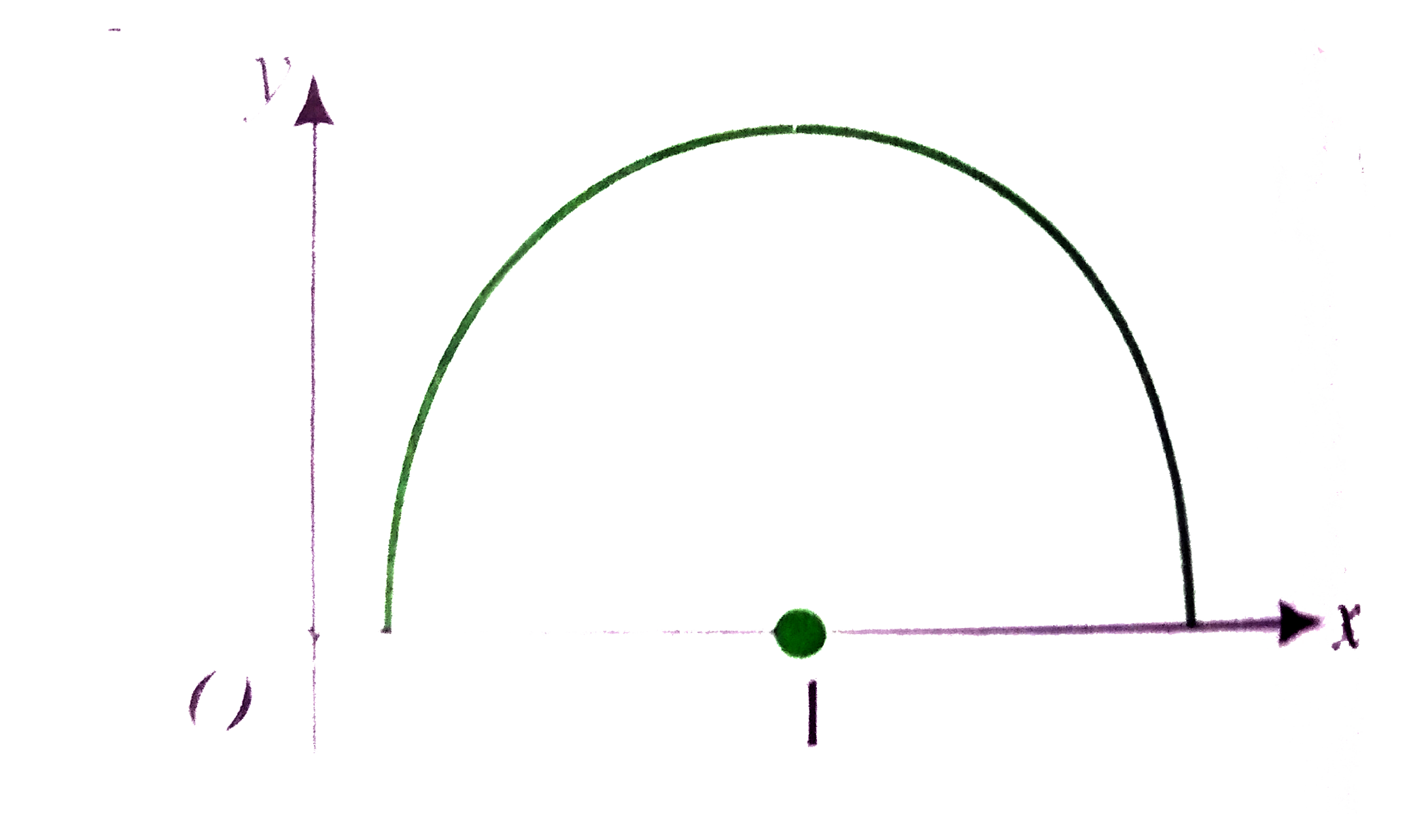if the roots of the quadratic equation (4p−p2−5)x2 −2mx+m2−1=0 are greater then - 2 less then 4 lie in the interval
1
2
3
4
The correct Answer is:2
Note that coefficient of x2is(4p−p2−5)<0 . Therefore, the
graph is concave downward . According to the question , I must
lie between the roots . Hence,
f(1)>0
⇒4p−p2−5−2p+13p>0 lt brgt ⇒−p2+5p−4>0
⇒p2−5p+4<0
⇒(p−4)(p−1)<0
⇒1<p<4
⇒p∈{2,3}

Topper's Solved these Questions
- BOOK - CENGAGECHAPTER - THEORY OF EQUATIONSEXERCISE - Exercise (Multiple)38videos
THEORY OF EQUATIONS
- BOOK - CENGAGECHAPTER - THEORY OF EQUATIONSEXERCISE - Exercise (Comprehension)37videos
THEORY OF EQUATIONS
- BOOK - CENGAGECHAPTER - THEORY OF EQUATIONSEXERCISE - Exercise 2.139videos
THEORY OF EQUATIONS
- BOOK - CENGAGECHAPTER - STRAIGHT LINESEXERCISE - JEE Advanced Previous Year4videos
STRAIGHT LINES
- BOOK - CENGAGECHAPTER - THREE DIMENSIONAL GEOMETRYEXERCISE - Question Bank20videos
THREE DIMENSIONAL GEOMETRY
Similar Questions
Knowledge Check
- Question 1 - Select One
The number of real roots of the quadratic equation (x−4)2+(x−5)2+(x−6)2=0 is
A1B2C3DNone of these - Question 2 - Select One
If p∈(−1,1) , then roots of the quadratic equation (p−1)x2+px+√1−p2=0 are
Apurely imaginaryBnon-real complex combersCreal and equalDreal and distinct - Question 3 - Select One
If both the roots of the quadratic equation x2−mx+4=0 are real and distinct and they lie in the interval [1, 5], then m lies in the interval
A(4, 5]B(3, 4)C(5, 6)D(−5,−4)
If the roots of the quadratic equation (4p−p2−5)x2−(2p−1)x+3p=0 lie on either side of unity, then the number of integral values of p is
View SolutionIf the roots of the quadratic equation (4p−p2−5)x2−(2p−1)x+3p=0 lie on either side of unit, then the number of integer values of p is a.1 b. 2 c. 3 d. 4
View SolutionFind the valuesof m for which exactly one root of the equation x2−2mx+m2−1=0 lies in the interval (−2,4)
View SolutionIf the roots of the equation (4a−a2−5)x2−(2a−1)x+3a=0,a∈R, are real and lie on opposite sides on unity, then the a lies in the interval :
View SolutionIf both the roots of the quadratic equation x2−mx+4=0 are real and distinct and they lie in the interval [1,5], then m lies in the interval
View Solution

